The moon may be the ideal place to preserve Earth's biodiversity
A cache in a crater
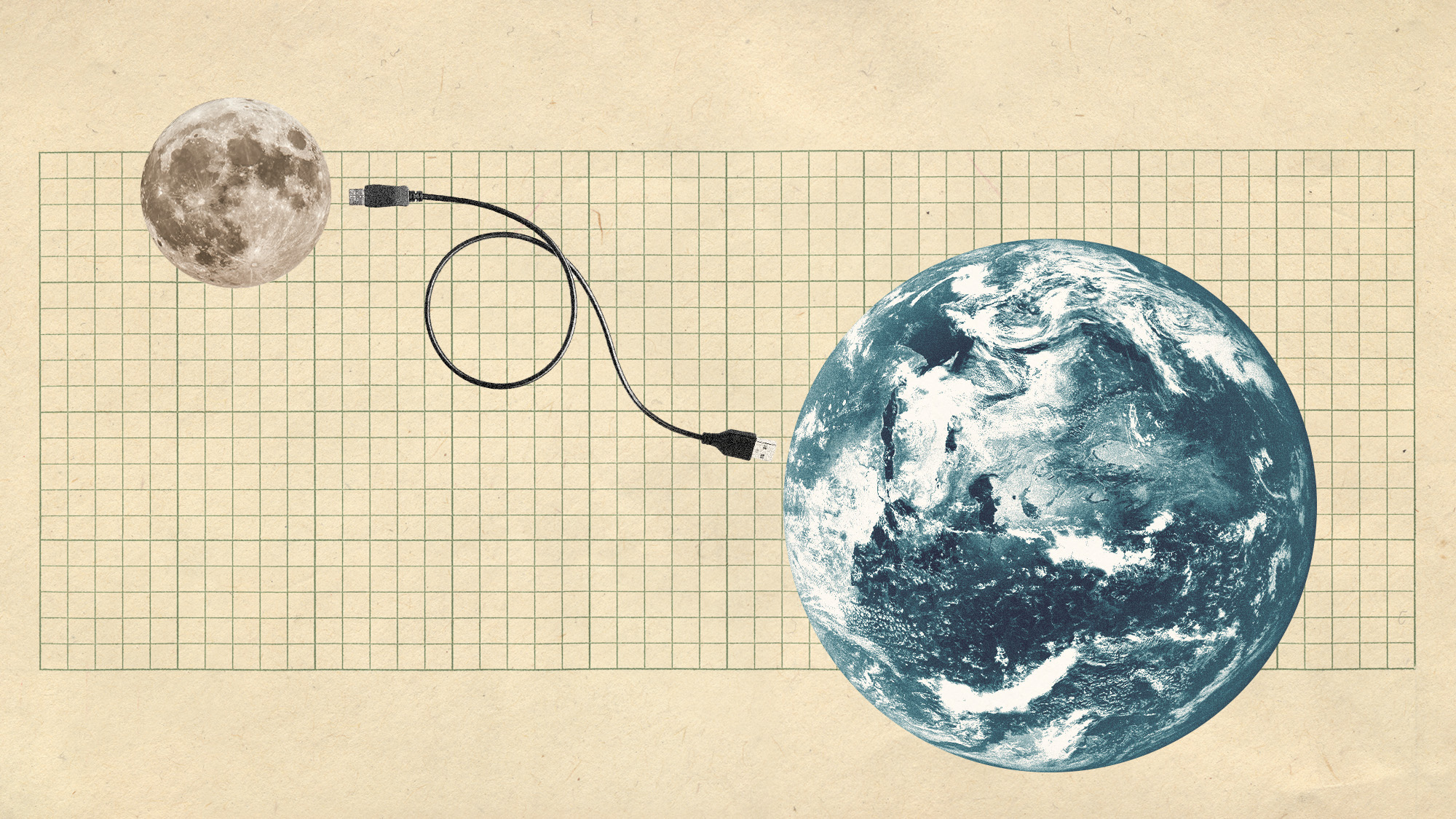

What if humanity's backup was on the moon? Well, that may just be the plan. Scientists want to create a repository on the moon to preserve biological material from Earth. Lunar temperatures and the orb's overall stability make it an ideal option for long-term preservation, especially while conditions on Earth continue to change rapidly.
A vault on the moon
Creatures of the Earth could be preserved in a lunar chamber, according to a paper published in the journal BioScience. The authors of the study "propose a passive lunar biorepository for long-term storage of prioritized taxa of live cryopreserved samples to safeguard Earth's biodiversity and to support future space exploration and planet terraforming."
With several species on Earth facing extinction due to climate change and human action, lunar preservation may be a way to save them. "Initially, a lunar biorepository would target the most at-risk species on Earth today, but our ultimate goal would be to cryopreserve most species on Earth," Mary Hagedorn, lead author of the paper, said in a statement.
The Week
Escape your echo chamber. Get the facts behind the news, plus analysis from multiple perspectives.

Sign up for The Week's Free Newsletters
From our morning news briefing to a weekly Good News Newsletter, get the best of The Week delivered directly to your inbox.
From our morning news briefing to a weekly Good News Newsletter, get the best of The Week delivered directly to your inbox.
The specimens would be preserved through a process called cryopreservation which is when "biological materials (such as sperm, cells, and embryos) can be placed in a state where they are alive yet frozen, and able to be thawed out for future use," by "harnessing extreme cold," said the Smithsonian's National Zoo and Conservation Biology Institute (NZCBI).
While plant specimens can be preserved in Arctic temperatures, animal specimens require much colder temperatures of at least -320 degrees Fahrenheit or -196 degrees Celsius. Because such temperatures would be difficult and costly to produce on Earth, the moon may be a better option. The polar regions of the moon contain permanently shadowed craters that can reach temperatures as low as -410 degrees Fahrenheit (-246 degrees Celsius), ideal for preserving specimens.
A shot in the dark
Along with much colder temperatures on the moon, biological specimens are likely to be safer there. The biorepository idea is modeled after the Global Seed Vault located in Svalbard, Norway. The vault was placed in the Arctic Circle, and the region experienced flooding due to warmer temperatures in 2017, which posed a danger to the seeds. "If there had not been people there, flooding could have damaged the biorepository," said Hagedorn to The Guardian. "The idea of having a really secure, passive biorepository for safeguarding Earth's biodiversity seems like a really good idea." More broadly, "at approximately 238,000 miles (384,000 kilometers) from Earth, the Moon is protected from any unpredictable natural and/or geopolitical disasters that may befall our planet," said the NZCBI.
A lunar biorepository is not without its challenges, of course. The logistics of creating a safe storage vault on the moon comes with obstacles that include space radiation as well as the lack of gravity. Research still needs to be done on these factors on cryopreserved samples. Some are also worried that a project of this scale would shift priorities. "A major concern is that the cost and effort involved in establishing such a resource on the moon would be very substantial and would detract from ongoing conservation efforts including delivering existing international commitments and plans to protect nature," Rob Brooker, the head of ecological sciences at the James Hutton Institute in Scotland, said to CNN.
A free daily email with the biggest news stories of the day – and the best features from TheWeek.com
The biorepository could also give humanity more options. "This is meant to help offset natural disasters and, potentially, to augment space travel," said Hagedorn. "Life is precious and, as far as we know, rare in the universe. This biorepository provides another, parallel approach to conserving Earth's precious biodiversity."
Devika Rao has worked as a staff writer at The Week since 2022, covering science, the environment, climate and business. She previously worked as a policy associate for a nonprofit organization advocating for environmental action from a business perspective.
-
 How dangerous is the ‘K’ strain super-flu?
How dangerous is the ‘K’ strain super-flu?The Explainer Surge in cases of new variant H3N2 flu in UK and around the world
-
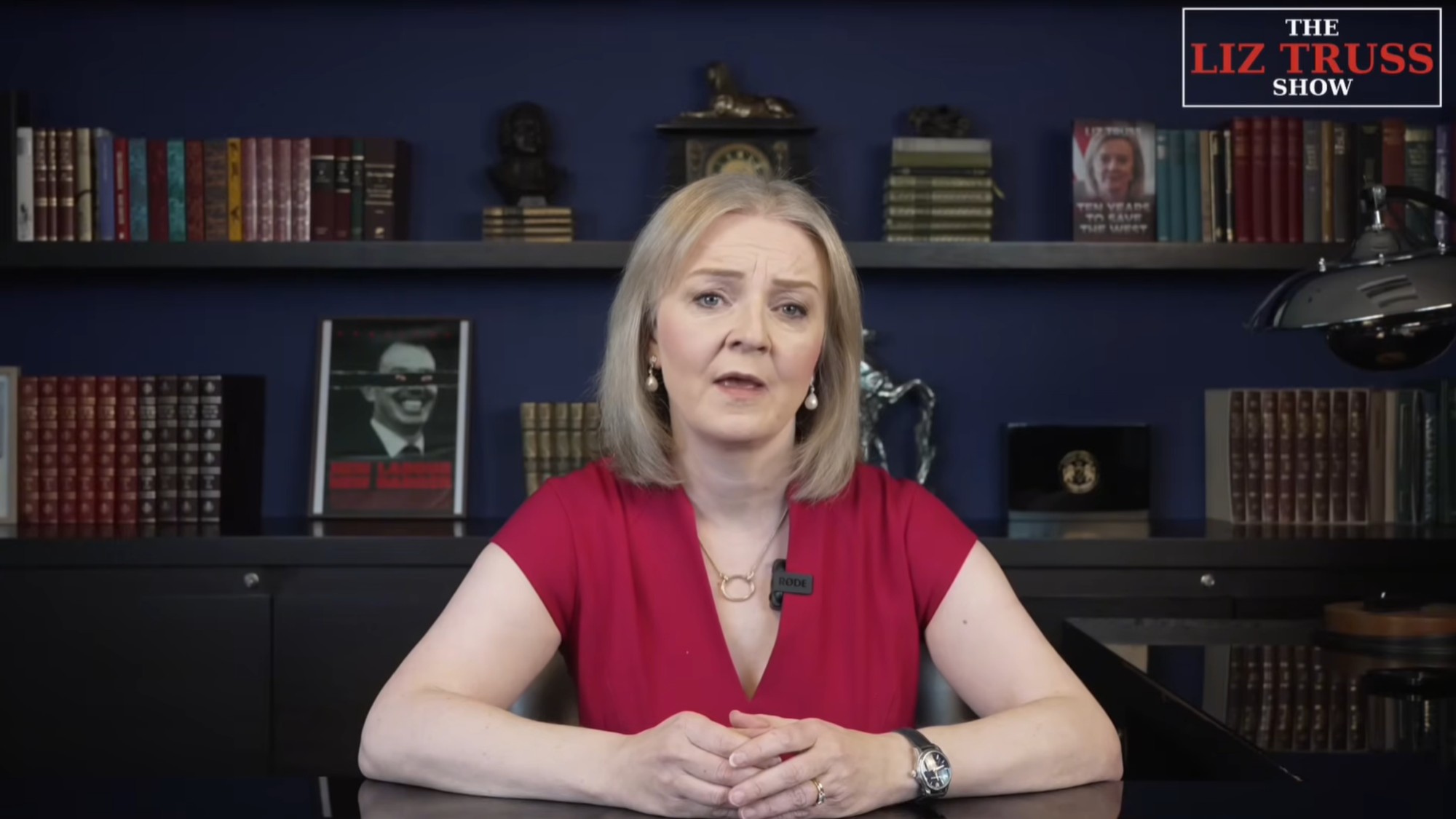 Who is The Liz Truss Show for?
Who is The Liz Truss Show for?Talking Point Former PM’s new weekly programme is like watching her ‘commit a drive-by on herself’
-
 Codeword: December 9, 2025
Codeword: December 9, 2025The daily codeword puzzle from The Week
-
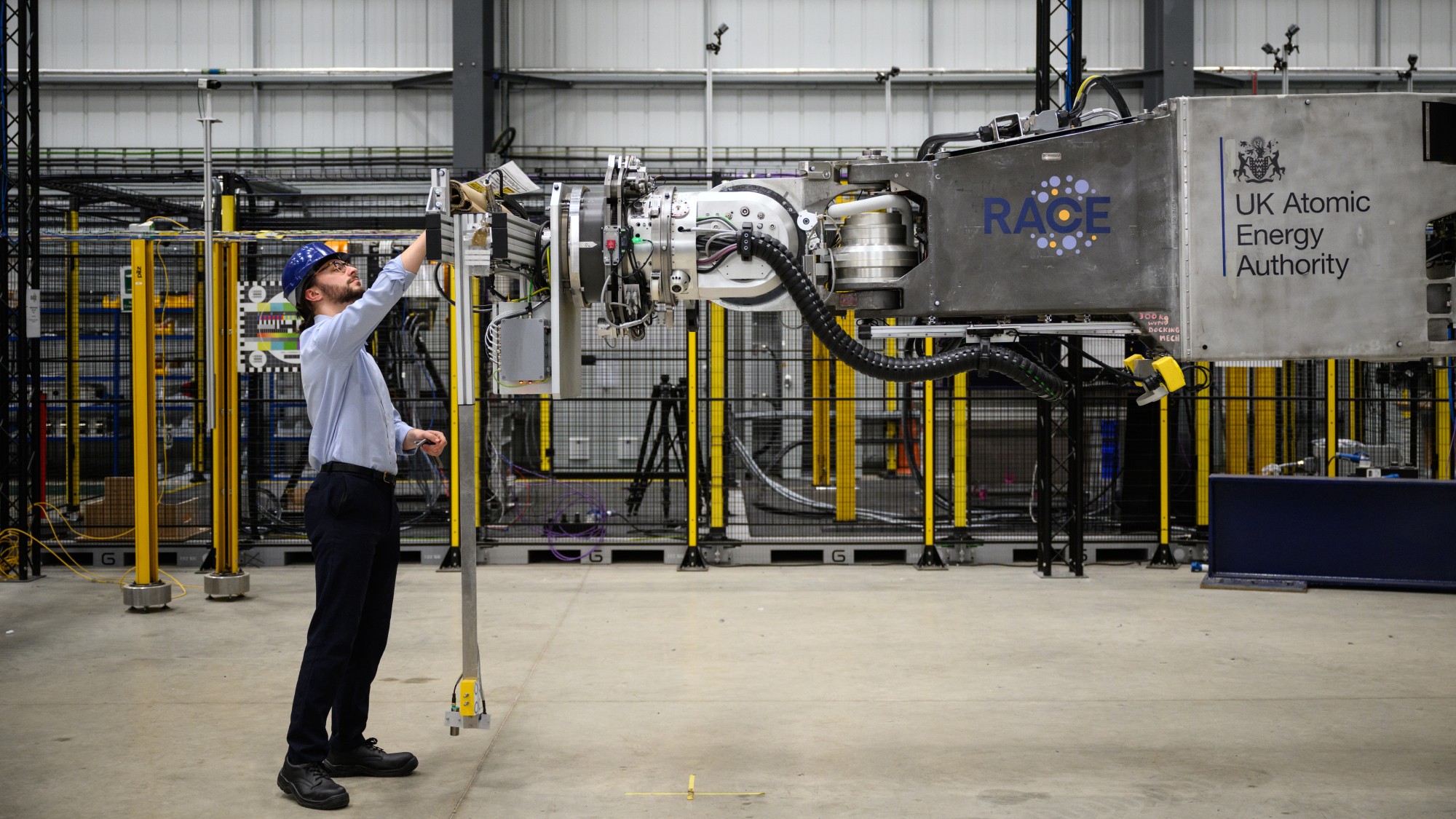 Why scientists are attempting nuclear fusion
Why scientists are attempting nuclear fusionThe Explainer Harnessing the reaction that powers the stars could offer a potentially unlimited source of carbon-free energy, and the race is hotting up
-
 The moon is rusting
The moon is rustingUnder the radar The Earth is likely to blame
-
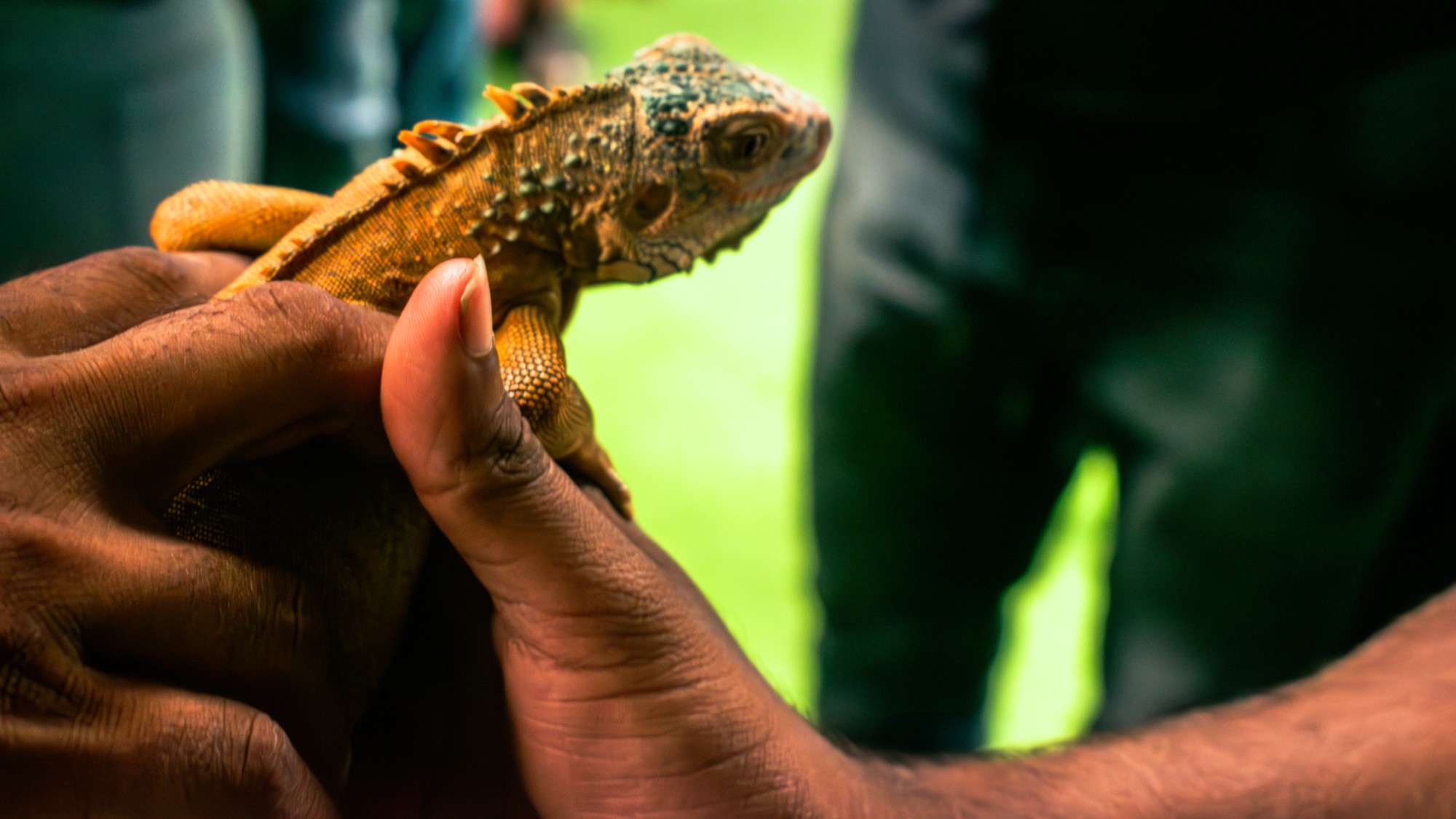 Parthenogenesis: the miracle of 'virgin births' in the animal kingdom
Parthenogenesis: the miracle of 'virgin births' in the animal kingdomThe Explainer Asexual reproduction, in which females reproduce without males by cloning themselves, has been documented in multiple species
-
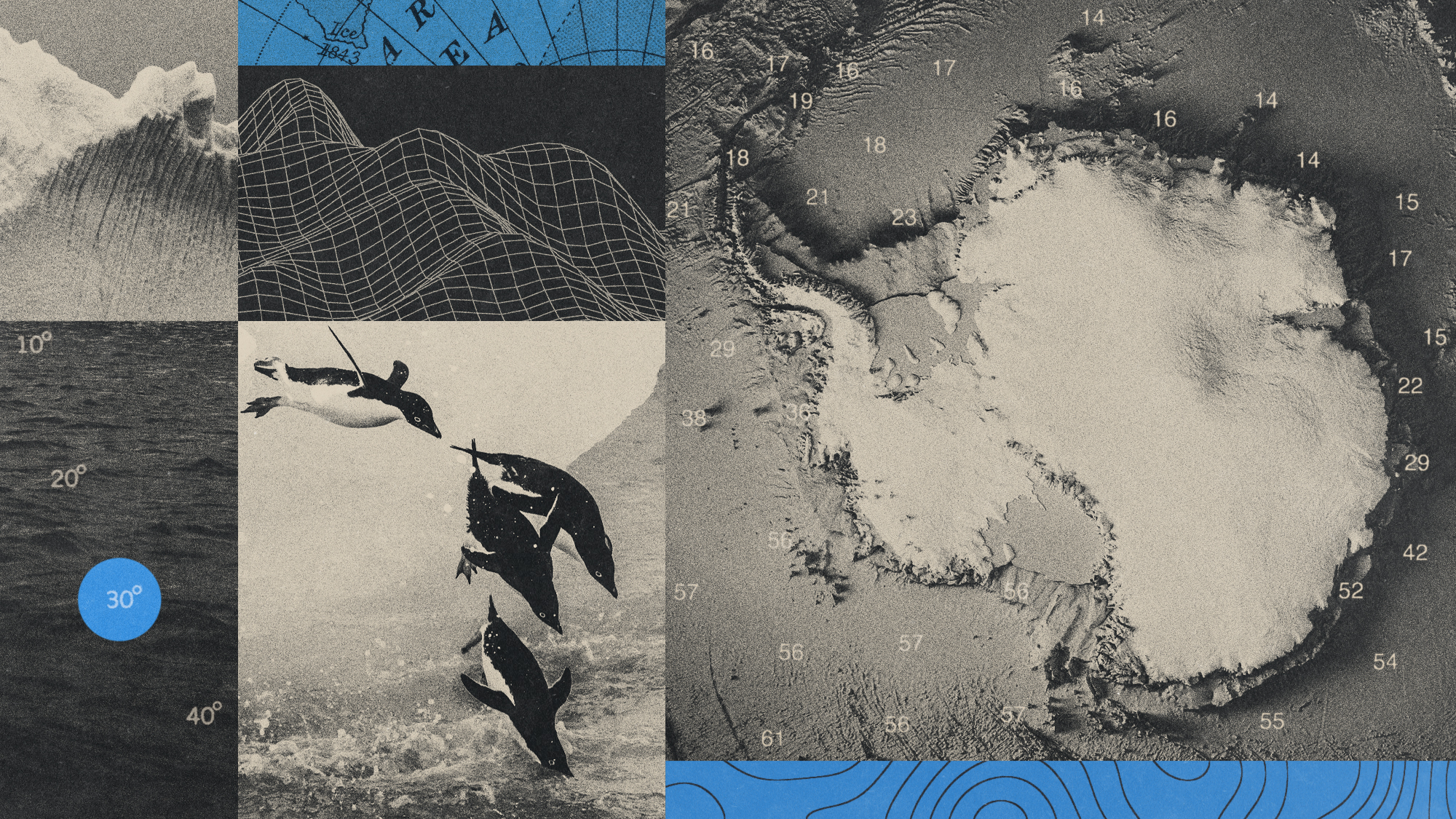 Canyons under the Antarctic have deep impacts
Canyons under the Antarctic have deep impactsUnder the radar Submarine canyons could be affecting the climate more than previously thought
-
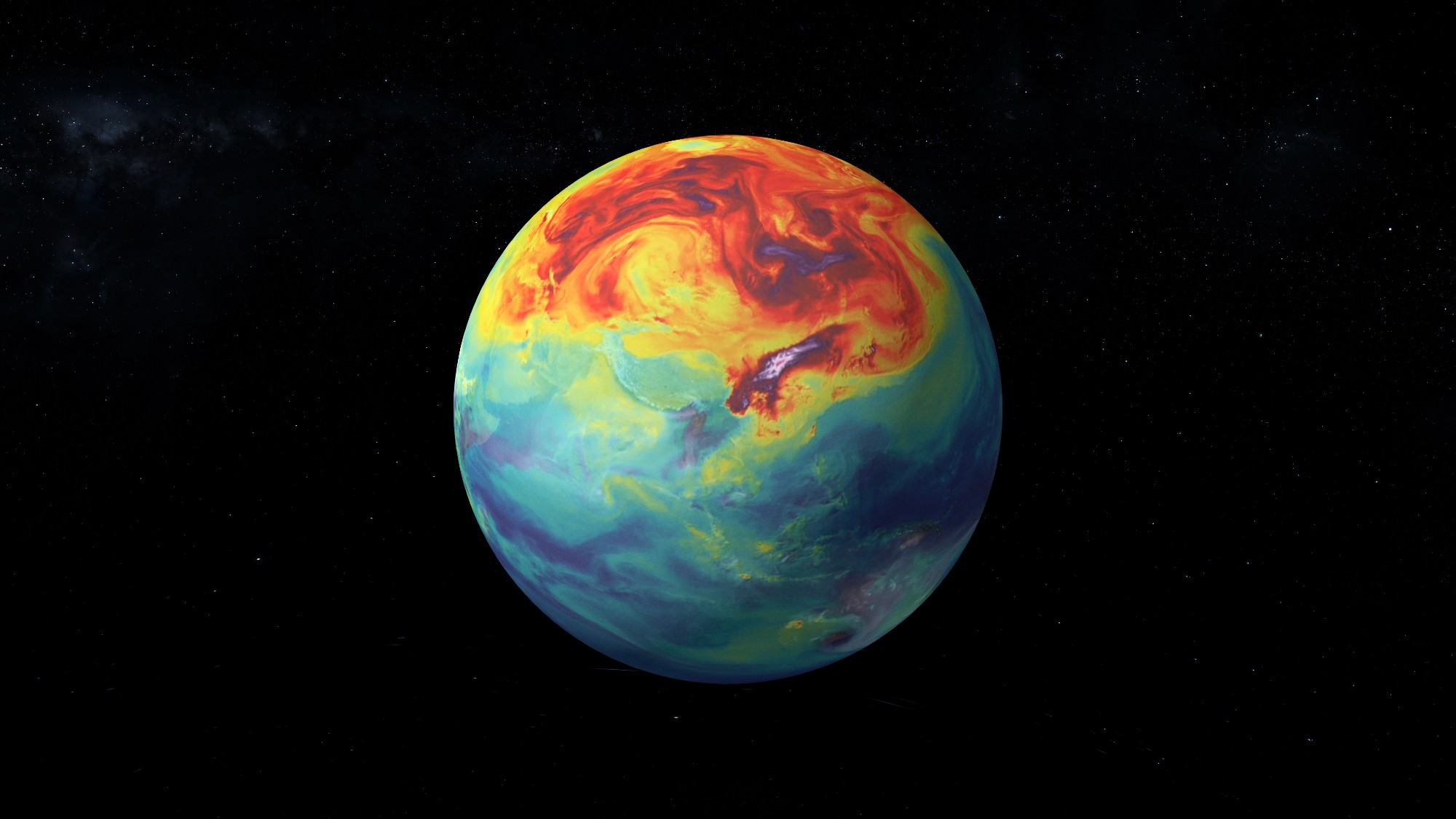 NASA is moving away from tracking climate change
NASA is moving away from tracking climate changeThe Explainer Climate missions could be going dark
-
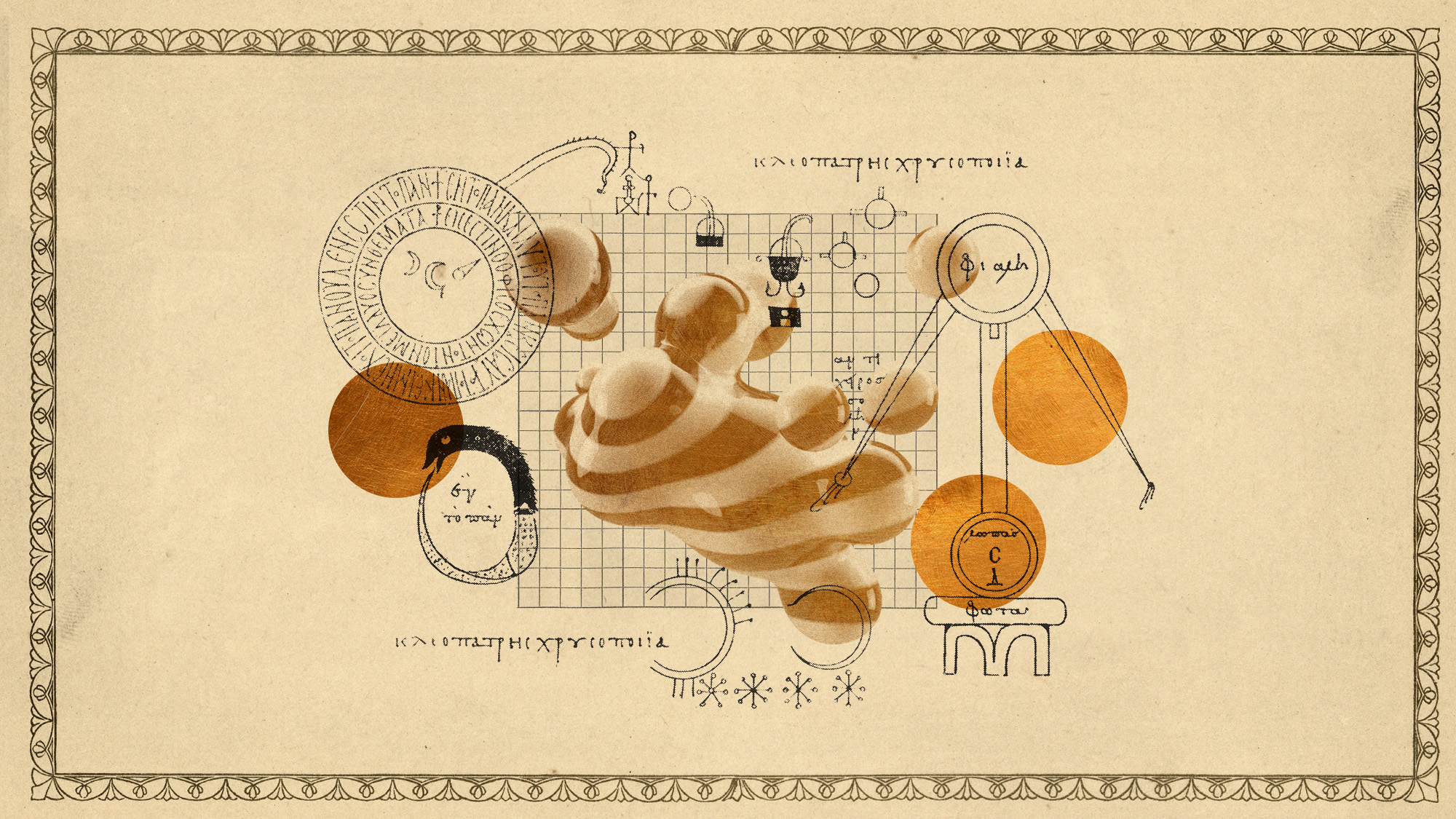 Atoms into gold: alchemy's modern resurgence
Atoms into gold: alchemy's modern resurgenceUnder the radar The practice of alchemy has been attempted for thousands of years
-
 A rat infestation is spelling trouble for the almond industry
A rat infestation is spelling trouble for the almond industryThe Explainer The infestation has affected at least 100,000 acres in California
-
 Hurricanes are not exclusive to Earth. They can happen in space.
Hurricanes are not exclusive to Earth. They can happen in space.Under the radar These storms may cause navigational problems
